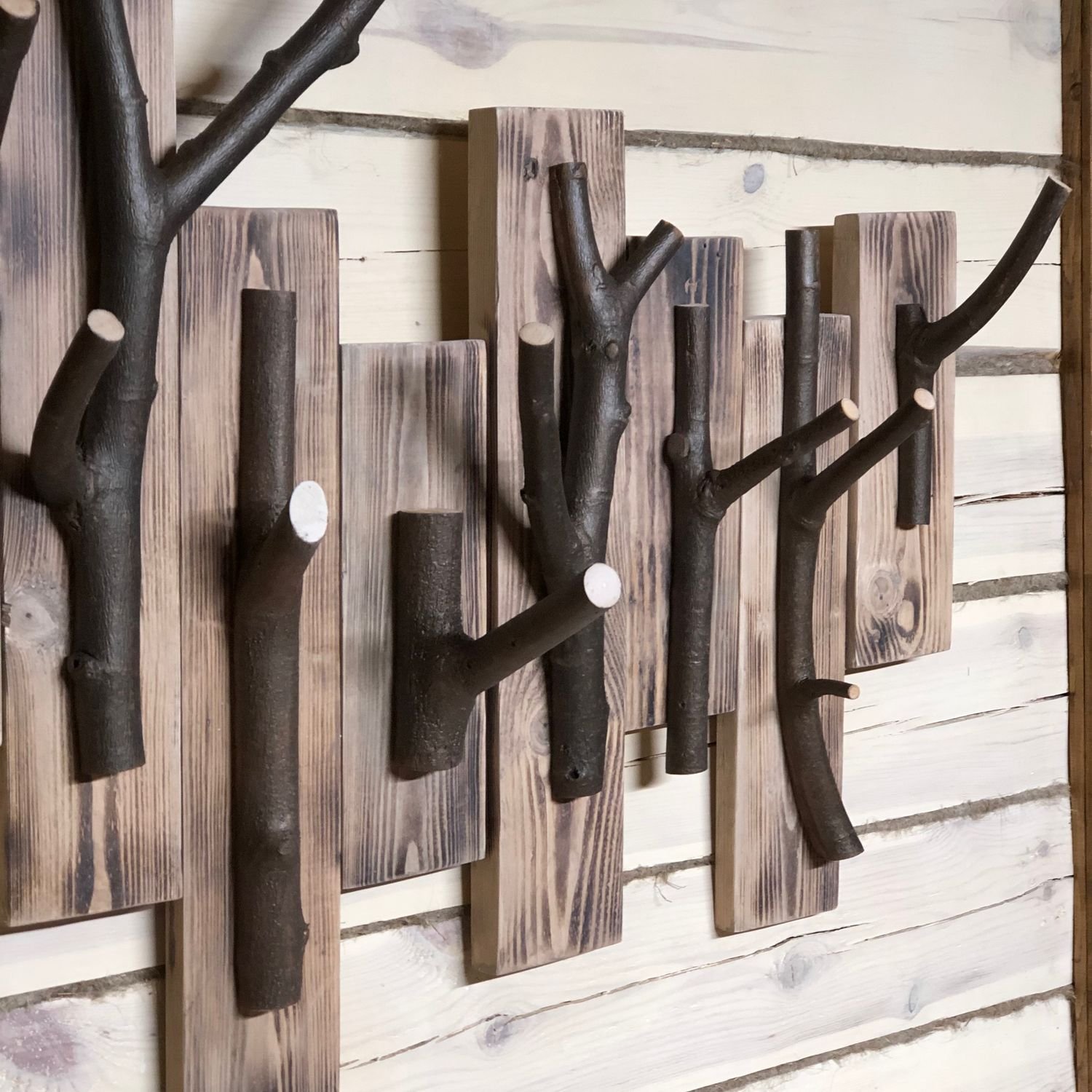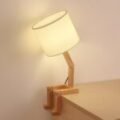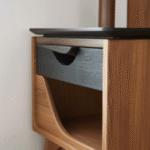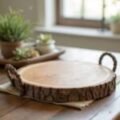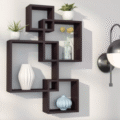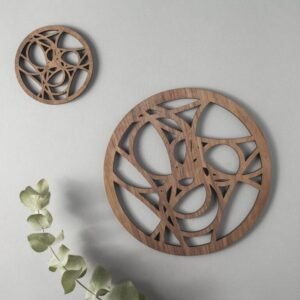Coffee, Sawdust, and 3D Printer Jigs
So, there I was, one chilly Saturday morning, cradling my coffee in a favorite old mug—one my daughter made in summer camp years ago. I could smell that rich, dark roast, and the little kick of something sweet. You know that moment, right? You’re cozying up and settling in for a productive day in the garage. I had a new woodworking project in mind, something ambitious. I figured now was the perfect time to utilize my 3D printer for making jigs. Easy-peasy, right? Yeah, not so much.
Let me backtrack a bit. I’d gotten into woodworking a few years ago, fueled by my desire to create furniture that didn’t look like it just rolled off a factory floor. I wanted character, warmth, a little bit of history in the pieces I made. So, after a few trial-and-error projects—I’m talking one altogether wonky end table and a coffee table that looked more like a fort for my dogs than a piece of furniture—I thought, hey, let’s up the ante! Enter the beloved 3D printer, a gift from my wife after I had been doing some solid persistent drops about my “lack of proper jigs.”
Now, for those not into this geeky world of woodworking, jigs are just tools to help you make cuts or shape wood consistently. It’s like putting on a training wheels for your saws and routers, so to speak. But let me tell you, I was stubborn. Instead of just buying jigs, I thought, “Why not make my own?”
Enter the whirr of that 3D printer, which I’d also had some misadventures with. I remember the first time I plugged it in—I wanted to make a simple circle-cut jig for some cherry wood I picked up from a local supplier. The rich, deep red of that wood felt almost exotic, like a piece of jewelry. But the whole printing setup felt tricky, like it would fall apart if I just looked at it wrong. And boy, did I learn that the hard way.
I chose some PLA filament, thinking it’d be durable enough for what I had planned. As it was spooling out of the printer, and that familiar smell of heated plastic wafted through the room, I got excited. I could almost see the jig sitting on my workbench, ready to guide my router. I was practically envisioning this extraordinary piece coming together, like those woodworking blogs I had read. Most of those folks made it look easy!
But then came the hiccup. You see, with my printer located in the garage, it was a bit drafty, and stuff just didn’t want to stick. By the time I got through that first print, I had a mess that looks like someone had tried to sculpt modern art out of melted plastic. I almost gave up on it right then and there. I remember standing over that printer, coffee in hand, thinking, “What am I doing?”
But I scrapped that mess and said, “Keep going, buddy.” You know, sometimes you just need a pep talk with yourself. Next, I adjusted the bed temperature and added some adhesive to make it stick better. It wasn’t long before I had a proper jig that, albeit a little imperfect, finally took shape. It was almost comical; there I was, relieved but still half-cringing at my earlier disaster—like laughing after a bad joke you told in front of everyone.
Finally, with the jig ready, I set up the cherry wood, and my heart was racing a little. The smell of that wood as the router cut through it? Heavenly. It was like a warm, fruity aroma wafting through the garage, and the sound—the rhythmic whirring of the router, punctuated by the occasional crunch of wood shavings flying everywhere. I was doing it!
But, of course, nothing is perfect in DIY. On my first couple of cuts, I realized I hadn’t accounted for the thickness of my jig, and the final pieces ended up being just a hair short—like, a symbol of my failure in woodworking. If I was trying to make shelves for our living room, they’d be teetering like a drunk guy at a bar. That was a moment of almost throwing in the towel. But still, I didn’t.
Eventually, after tinkering a bit, I made more adjustments. And lo and behold, that little jig turned into a life-saver! I cranked out some lovely shelves—solid, sturdy, and real nice. I even got to stain them with this rich walnut finish that filled up the garage with that sweet smell of accomplishment.
So, looking back, the whole process taught me a thing or two about patience—oh boy, did it! Sometimes, you feel like you’re fighting a losing battle, and then suddenly, it all clicks. The mistakes, the hours of fidgeting and swearing at printers, they just become part of the story, you know?
If you’re sitting there on the fence thinking about diving into woodwork or 3D printing your jigs, just go for it, my friend. You’ll learn, you’ll mess up, and then you might just surprise yourself. It’s all part of the beautifully chaotic life of woodworking—and honestly? I wouldn’t trade that journey for anything.

